Part of a series of articles titled Landmark Highlights.
Previous: Landmark Highlights 2020
Article

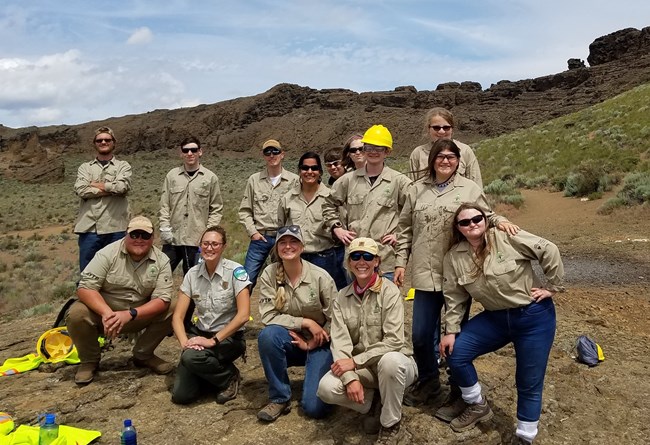
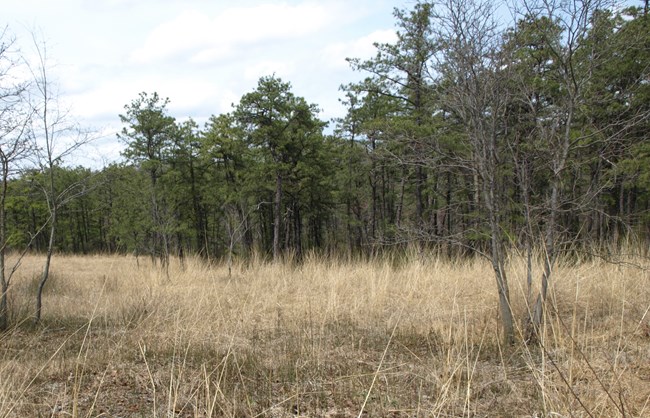
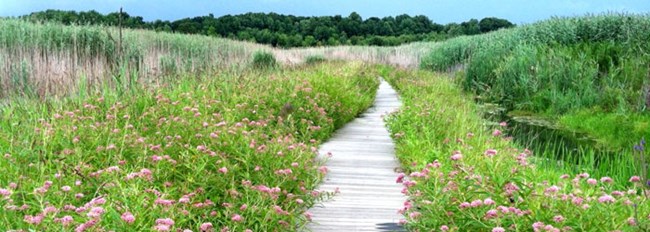
Photo by Ohio Department of Natural Resources
♦ Fifteen years of restoration work are paying big dividends in the form of native plant regeneration, nesting rare marsh birds and fish spawning at Mentor Marsh NNL in central Ohio. Located near the shores of Lake Erie, this site was designated an NNL in 1966 for its diversity of marsh vegetation, aquatic plants, swamps, and bottomland and upland forests. The Cleveland Museum of Natural History initiated a large-scale restoration project in 2004 to combat the non-native Phragmites australis that had completely taken over the nearly 800-acre wetland basin since its introduction in the early 1970’s. Over 85% of the Phragmites have been removed and the native ecological system is well on its way to being restored because of the extraordinary efforts of museum staff, partners, contractors, volunteers, and inmates. Learn more...
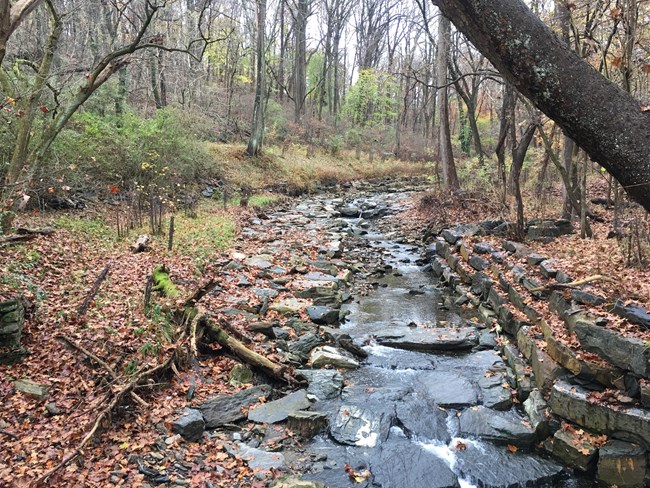
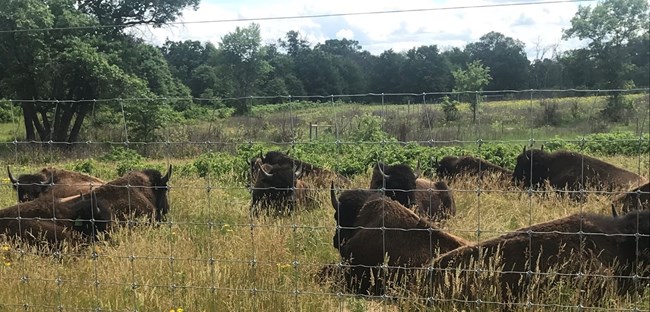
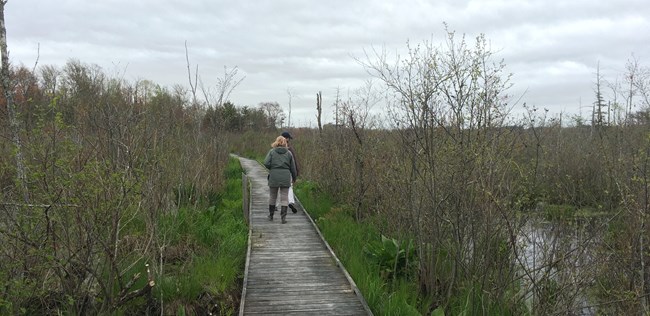
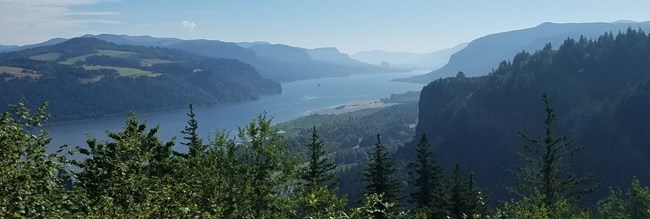
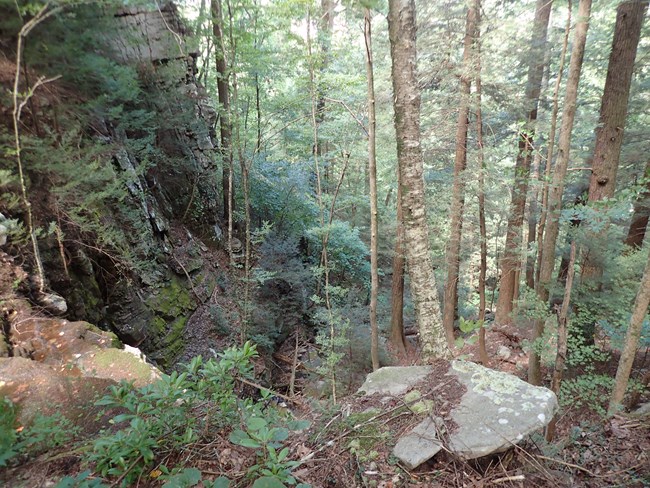
♦ Savage Gulf NNL, located in Tennessee, was recently part of a $200,000 grant awarded by the National Fish and Wildlife Foundation through its Cumberland Plateau Stewardship Fund. The grant will be matched by partnering organizations and The Lyndhurst Foundation to double its impact. The project will engage public and private landowners through outreach and technical assistance to restore and enhance more than 5,400 acres of short-leaf pine forests, including more than 4,000 acres of prescribed burning. The project supports work on private and public tracts of land, including more than 2,000 acres within the Savage Gulf State Natural Area.
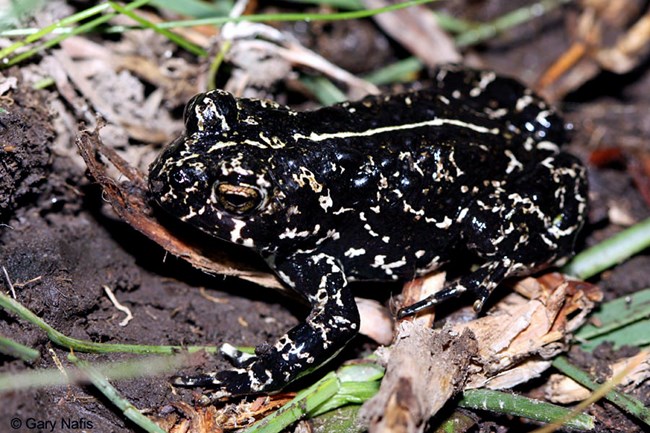
Photo by californiaherps.com
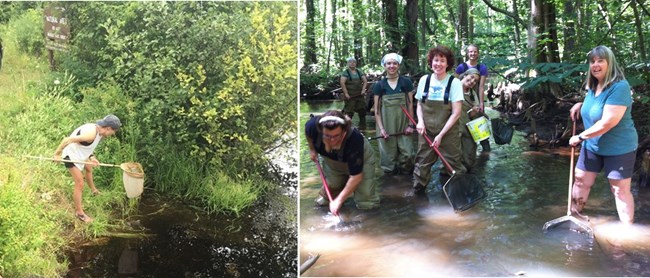
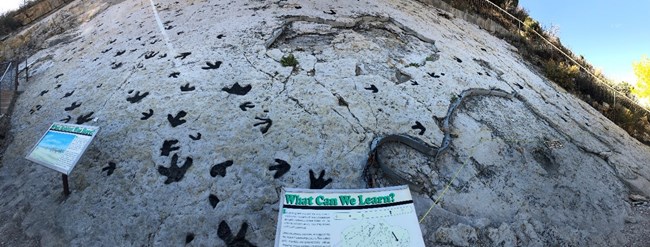
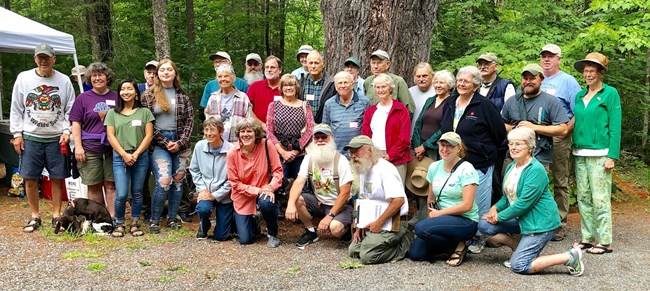
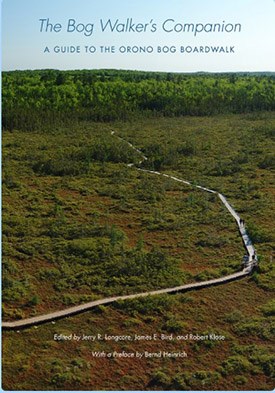
♦ Also in progress during 2019, The Bog Walker’s Companion: A Guide to the Orono Bog Boardwalk was recently published by the University of Maine Press. It includes an essay about the bog’s landmark designation, authored by the NPS’ Region 1 NNLP Coordinator. From the [book’s] preface by Bernd Heinrich, “Boreal bogs invoke wonder and appreciation. This book will inspire you and open possibilities about visiting a boreal bog.” Learn more...
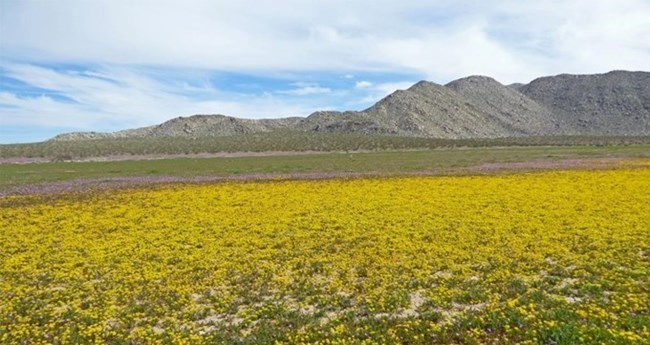
♦ The desert is in SUPER bloom! Steady rains followed by warm temperatures early in 2019, brought the second super bloom in as many years to Anza-Borrego Desert State Park in southern California. Designated an NNL in 1974, the site contains some of the best examples of the various biotic communities and geological phenomena of the Colorado Desert region is the largest desert state park the nation. Learn more...
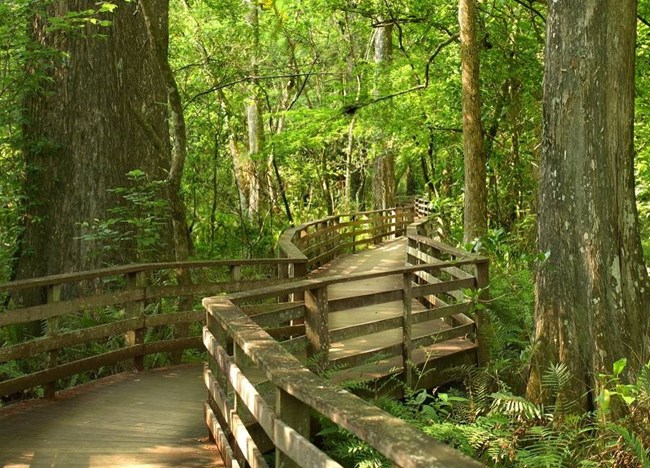
♦ International recognition was bestowed upon the Corkscrew Swamp Sanctuary in spring 2019, when it became the first wetland in the southern United States to be recognized as a Wetland of Distinction by the Society of Wetland Scientists. Under stewardship of the Audubon Society, this southern Florida significant area is also an NNL, a Ramsar Wetland of International Importance, an Important Birding Area, and a gateway to the Great Florida Birding and Wildlife Trail. Learn more...
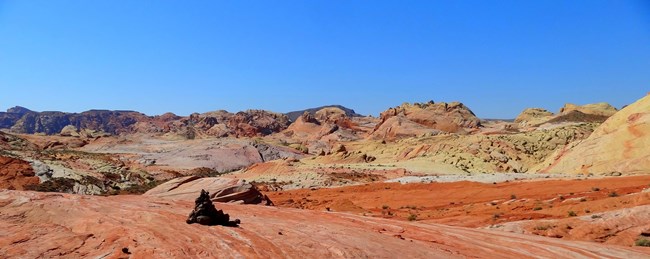
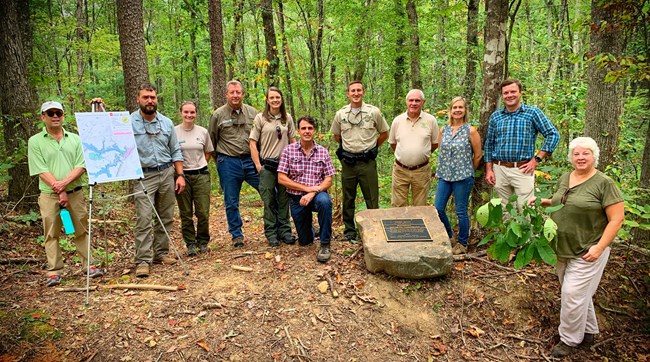

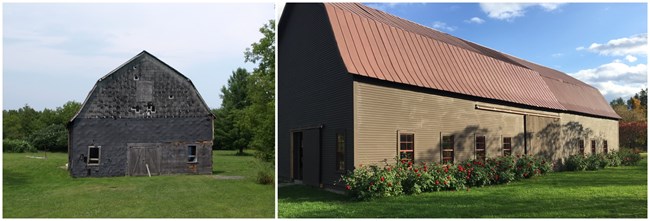
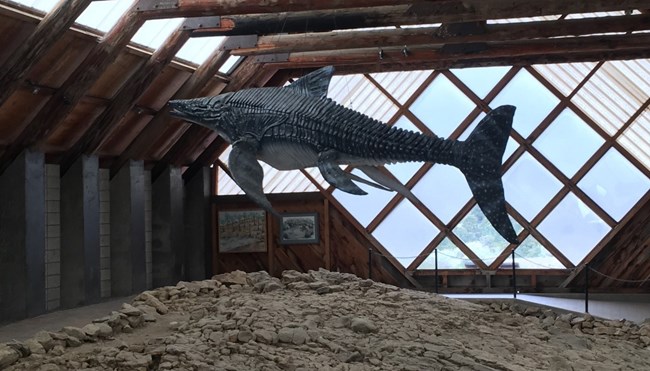
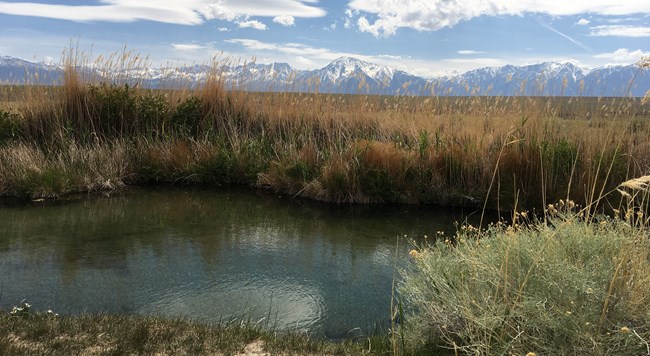
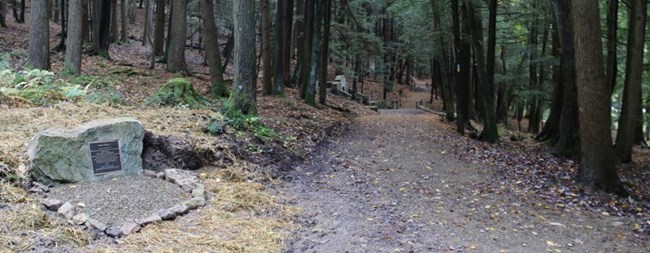
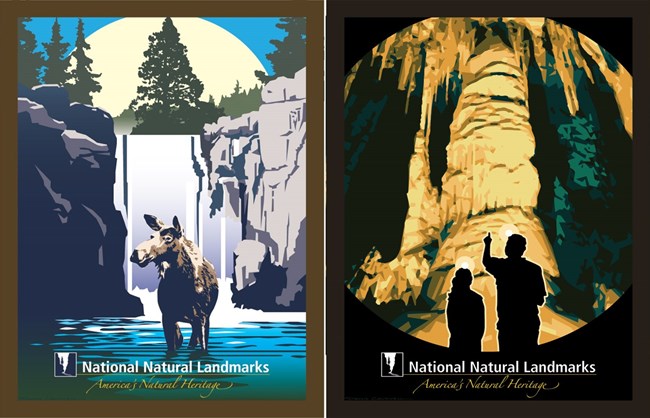
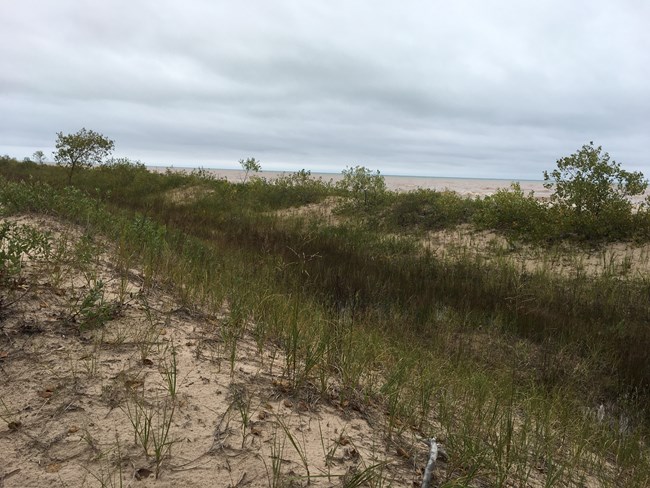
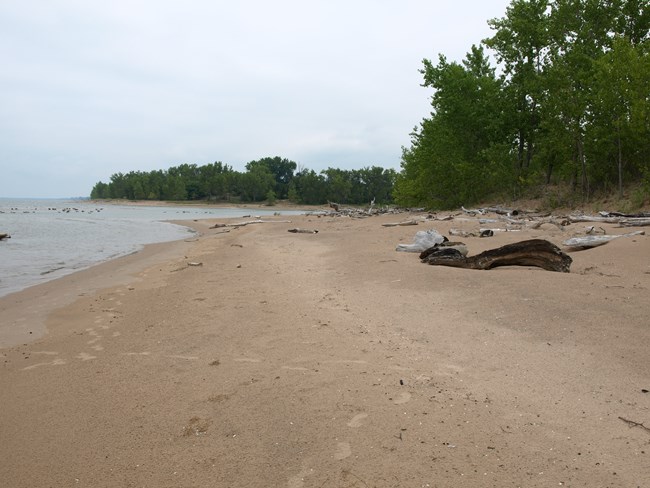
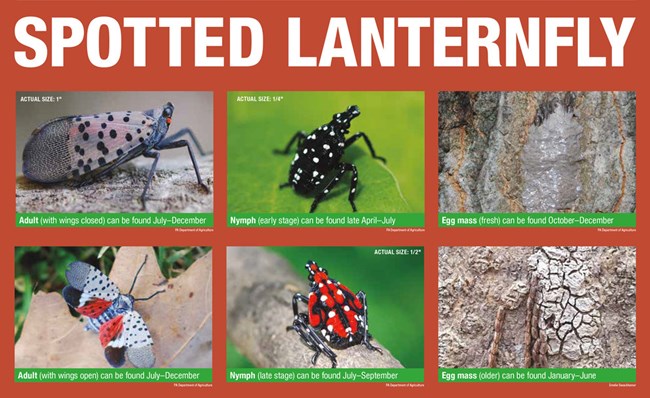
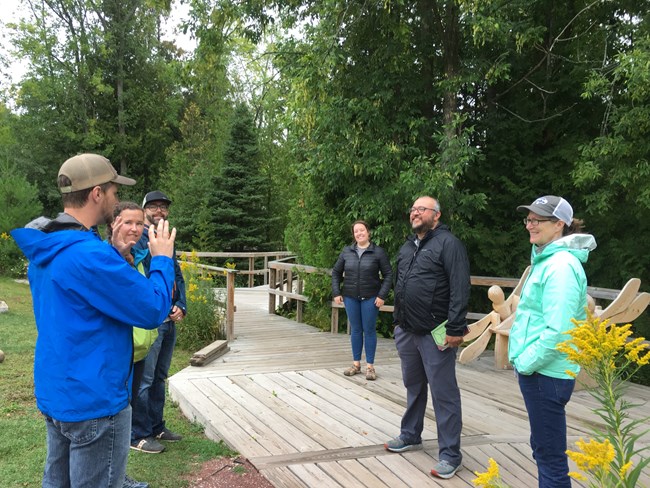
♦ NNL Program staff connected with and reported on 108 NNL sites in FY2019. These periodic contacts with NNL landowners and managers provide opportunities to check in on the status and condition of sites, update contact information, inquire about conservation needs or issues, and identify potential collaboration opportunities.
♦ Ridges Sanctuary-Toft’s Point-Mud Lake Area NNL in Door County Wisconsin hosted NNL Program staff for their 2019 annual meeting.Designated in 1967 in recognition of the site’s sand ridge and swale complex and associated range of habitats, the site provided an inspiring backdrop for FY2020 work planning. Meeting at an NNL site offered the opportunity to engage with the Program and Land Managers for the Ridges Sanctuary. Program staff also visited with the park Superintendent at nearby Point Beach Ridges NNL. Continuing the story of remnant ridges and swales from glacial Lake Nippissing, along the present shoreline of Lake Michigan, this state natural area was designated an NNL in 1980. These on-site opportunities allow for learning about the site’s diverse resources, on-going research, education programs and conservation challenges.
Seven NPS employees are committed to advancing the work of the NNL Program and supporting landmark owners.
Adrienne Lindholm, DOI Region 11 (AK)
Carolyn Davis, DOI Region 2 and parts of Regions 1 & 4 (AL, FL, GA, KY, MD, MS, NC, Puerto Rico, SC, TN, VA VI, WV)
Deb DiQuinzio, DOI Region 1 (CT, MA, ME, NH, NJ, NY, PA, RI, VT)
Jeff Orlowski, DOI Regions 5, 6, 7 & parts of 4, 8 & 9 (AR, AZ, CO, KS, MT, ND, NE, NM, OK, SD, TX, WY, UT)
Laurie Lee Jenkins, DOI Regions 9, 10, 12 & part of 8 (Am. Samoa, CA, Guam, HI, ID, NV, OR, WA)
Leo Acosta, DOI Region 3 & part of 4 (IA, IL, IN, MI, MN, MO, OH, WI)
Heather Eggleston, Program Manager
Full contact information can be found on the Contact Us page of the NNL website.
Part of a series of articles titled Landmark Highlights.
Previous: Landmark Highlights 2020
Last updated: May 11, 2021